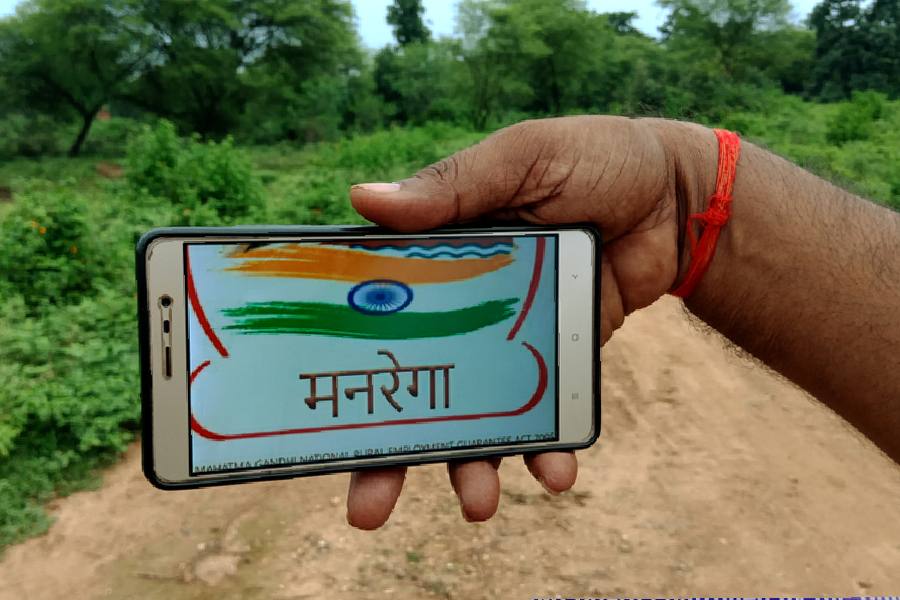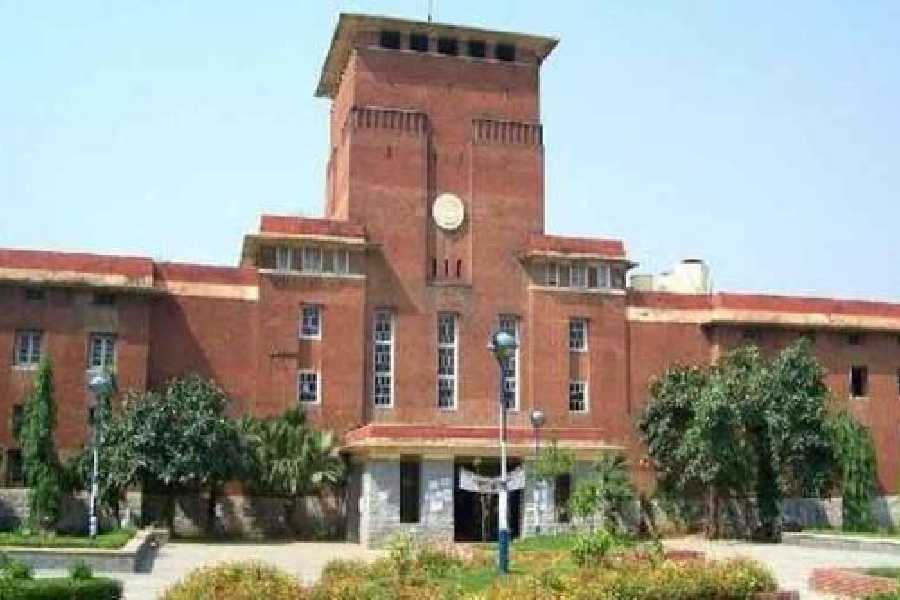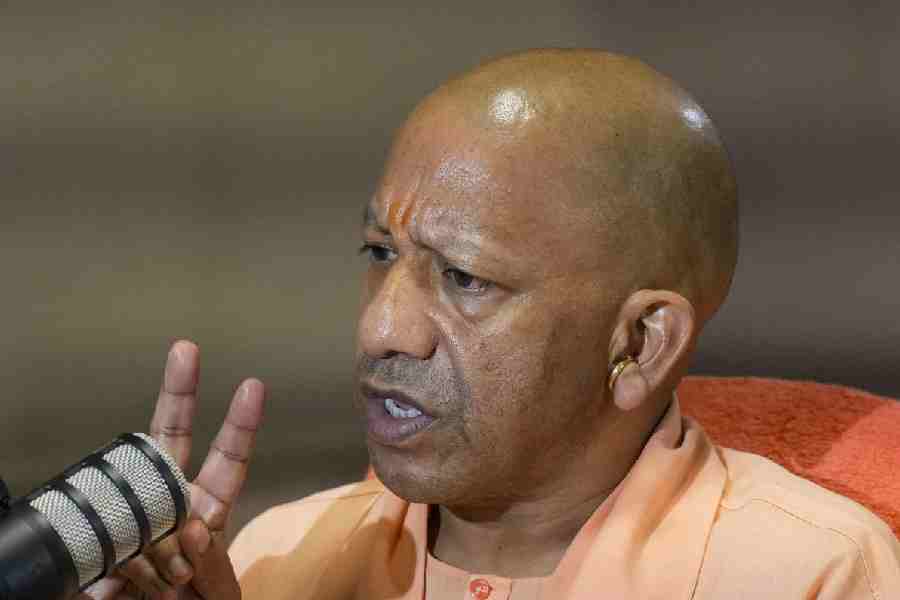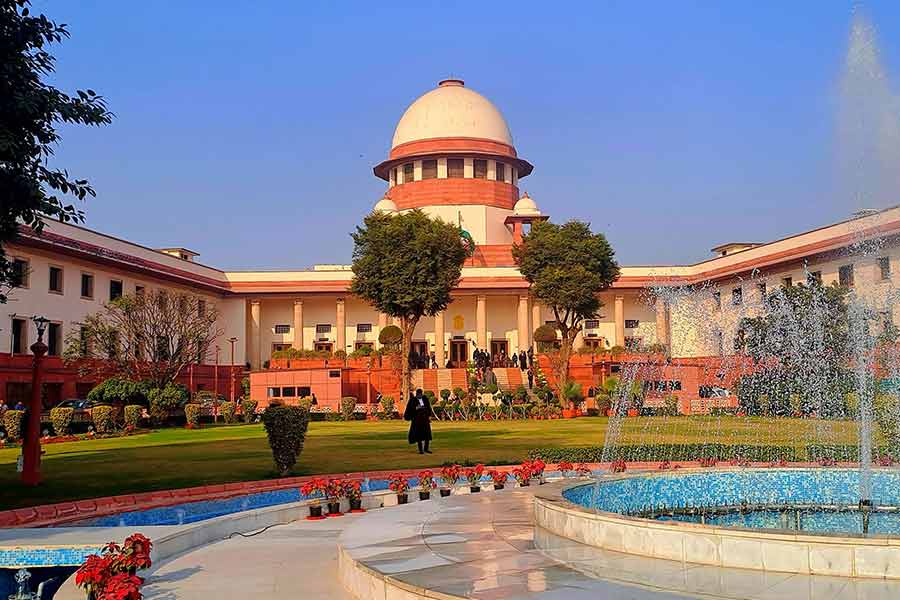Calcutta: White label ATM operators are in favour of regulatory intervention in the form of a higher intercharge fee and equal allocation of cash between ATMs and branches.
White label ATMs are operated by non-bank entities and private operators, and Reserve Bank of India data show the industry has grown to 15,195 ATMs by 2017-18 from 14,121 ATMs a year ago.
However, the intercharge fee, which is the amount one bank pays to another when its customer uses the other bank's ATM has remained fixed at Rs 15, even as operating costs have increased. "Urgent regulatory intervention is required to ensure that all roadblocks are removed to bring the industry back on track. The immediate one being an increase in the static interchange fee from the existing Rs 15 (since 2012) to Rs 18. This will incentivise serious players to accelerate their ATM rollout in hitherto underserved semi-urban and rural geographies," said Sanjeev Patel, CEO of Tata Communications Payment Solutions Ltd. which owns and operates the biggest white label ATM network under the Indicash brand.
An RBI advisory last month has asked for control measures in ATMs The Confederation of ATM Industry, while welcoming the regulator's advise, has asked for an increase in the intercharge fee to compensate for the increased compliance cost.
"WLA operators are the only entities deploying ATMs in underpenetrated rural areas. With this additional cost of compliance and cash management costs, future deployments may come to a grinding halt unless interchange is increased on a priority basis," said BTI Payments Pvt Ltd CEO K .Srinivas.
The industry has called for solutions to ensure a stable supply of cash at the ATMs. "This is vital as cash availability has a huge impact on semi-urban and rural economies which are largely cash led. Two urgent steps that are required, first proportionately allocate cash to bank branches and ATM - the current ratio is 80:20, which can be changed to 50:50 as ATMs have a large network to meet the demand for cash," Patel said.
"Second, seasonality of demand has to be factored for cash supply, too," said Patel.
He said the launch of the PM Jan Dhan Yojana has led to the debit-card-to-ATM ratio increasing to 3,837 cards per ATM against 2,999 cards in March 2016, indicating more people have access to debit cards but do not have enough ATMs to use them.










